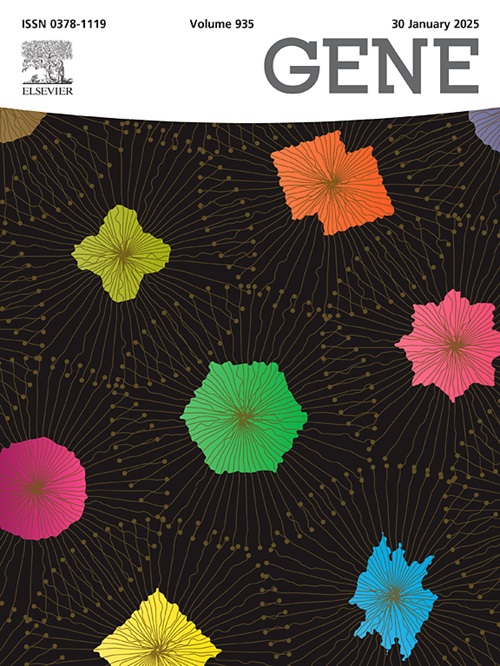GALR1 and PENK serve as potential biomarkers in invasive non-functional pituitary neuroendocrine tumours
IF 2.6
3区 生物学
Q2 GENETICS & HEREDITY
引用次数: 0
Abstract
Background
Some nonfunctioning pituitary neuroendocrine tumor (NFPitNET) can show invasive growth, which increases the difficulty of surgery and indicates a poor prognosis. However, the molecular mechanism related to invasiveness remains to be further studied. This study is to screen and identify the characteristic biomarkers of invasive NFPitNETs.
Methods
Based on the data of 73 NFPitNETs microarray chips in the GSE169498 dataset, this study used weighted gene co-expression network (WGCNA), differential expression analysis, protein–protein interaction (PPI) network analysis and various machine learning methods (XGBOOST, LASSO regression, random forest, support vector machine) to screen candidate biomarkers for invasive NFPitNET. Then, using gene set enrichment analysis (GSEA) to explore the differences in biological activities and signaling pathways between invasive NFPitNET and non-invasive NFPitNET. Single-sample GSEA (ssGSEA) was used to analyze key biomarkers-related signaling pathways. Finally, the expression and function of the key biomarkers were verified by q-RT PCR, immunohistochemical (IHC) experiments and in vitro experiments.
Results
Combined with WGCNA and differential expression analysis, 128 high-expression and 85 low-expression candidate biomarkers were preliminarily obtained. PPI analysis and four machine learning algorithms further identified GALR1, PENK and HOXD9. The receiver operating characteristic (ROC) curve results showed that the three biomarkers had good predictive ability of invasiveness. After combining the validation set data, GALR1 and PENK were the final key biomarkers. Finally, PCR and IHC results verified the decreased expression of GALR1 and PENK in invasive NFPitNET and promotes proliferation and invasive ablity of pituitary tumor cells.
Conclusion
This study confirmed that the reduced expression of GALR1 and PENK is an important molecular feature of invasive NFPitNETs, which may play an important role in inhibiting the development of NFPitNET.

求助全文
约1分钟内获得全文
求助全文
来源期刊

Gene
生物-遗传学
CiteScore
6.10
自引率
2.90%
发文量
718
审稿时长
42 days
期刊介绍:
Gene publishes papers that focus on the regulation, expression, function and evolution of genes in all biological contexts, including all prokaryotic and eukaryotic organisms, as well as viruses.
 求助内容:
求助内容: 应助结果提醒方式:
应助结果提醒方式:


